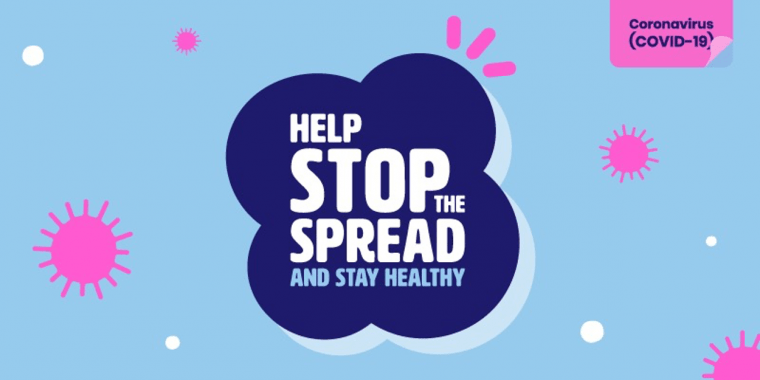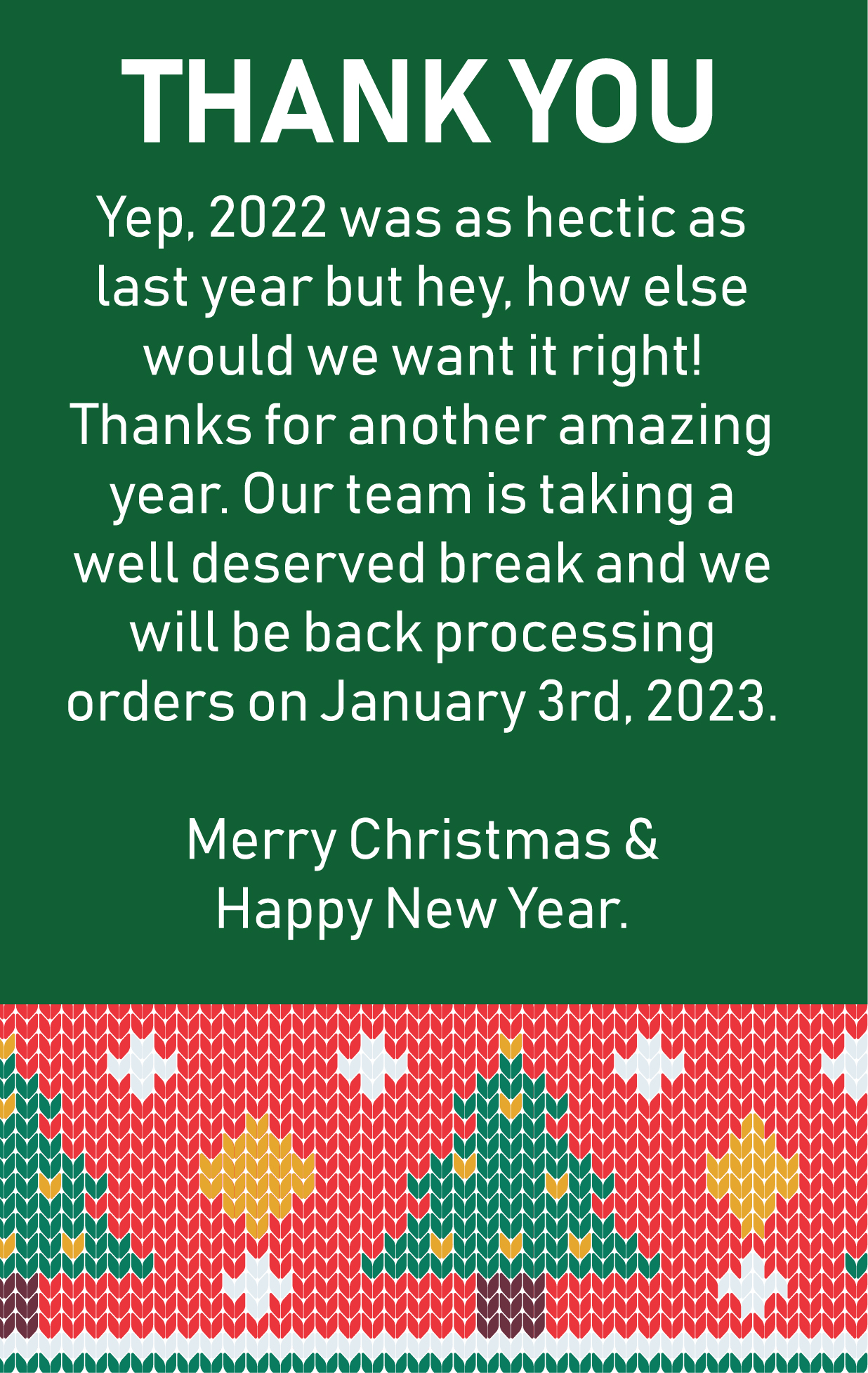
These days there are many of us who live alone and are not close to any relatives. Have you ever thought about what would happen if you were alone and you suddenly began to have heart attack symptoms? What would you do? Who would you call? Most people know to call 911 if they experience severe chest pain, but chest discomfort isn’t always present when a heart attack occurs. A heart attack occurs when an artery becomes blocked and blood flow to the heart is interrupted.
Ok… let’s say it’s 7:25 pm and you’re going home (alone of course) after an unusually hard, frustrating day at work. You are exhausted. Suddenly you start experiencing severe pain in your chest. It then begins to drag out into your arm and up into your jaw. You’re not more than 15 minutes from the nearest hospital but, you’re not sure if you will be able to drive yourself there.
You know how to perform CPR on others but you didn’t learn how to perform CPR on yourself.
Many people are alone when they suffer a heart attack and when a persons heart is beating improperly and that person begins to feel faint, he or she has only about 10 seconds left before losing consciousness.
Dr. Patrick Teefy, Head of Cardiology at the Nuclear Medicine Institute Hospital in London, Ontario has shared his expertise on surviving a heart attack when you’re alone.
- Cough repeatedly and very vigorously.
- Take a deep breath before each cough, and the cough must be deep and prolonged, like when producing sputum from deep inside the chest.
- A breath and a cough must be repeated about every two seconds without letting up until help arrives or until your heart feels like it is beating normally again.
- Deep breaths get oxygen into the lungs and coughing movements squeeze the heart and keep the blood circulating. The squeezing pressure on the heart also helps it to regain a normal rhythm.
A heart attack victim can now have a little more time to get help or get to a hospital.
Some heart attacks strike suddenly, but many people have warning signs and symptoms hours, days or weeks in advance. The earliest warning might be recurrent chest pain or pressure (angina) that’s triggered by exertion and relieved by rest. A heart attack can occur in anyone with or without risk factors but your risk for heart attack increases with age, especially if you are age 50 and older.
You’re also at increased risk if you are younger than 50 and have diabetes, smoke cigarettes, are overweight, have blocked arteries, high blood pressure, or a family history of these risk factors.
Regular check ups can identify problems that can lead to heart attack before they occur.
Please Note: This article is a repost from http://fitnessforlifecambria.com/how-to-give-cpr-to-yourself/ and was originally written by Dr. Patrick Teefy, Cardiology Head at the Nuclear Medicine Institute University Hospital, London Ont.




